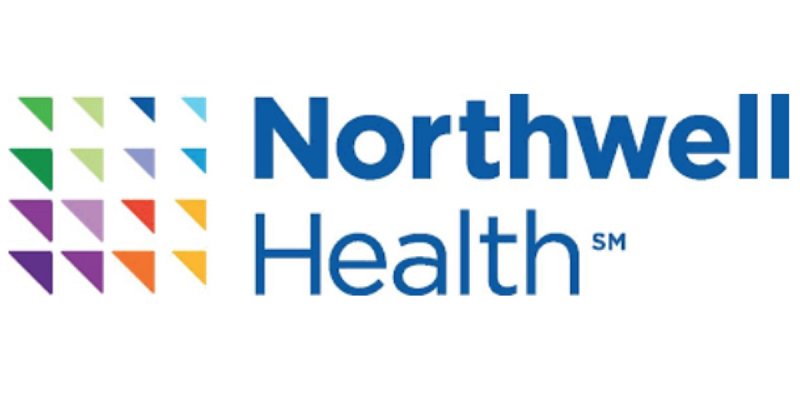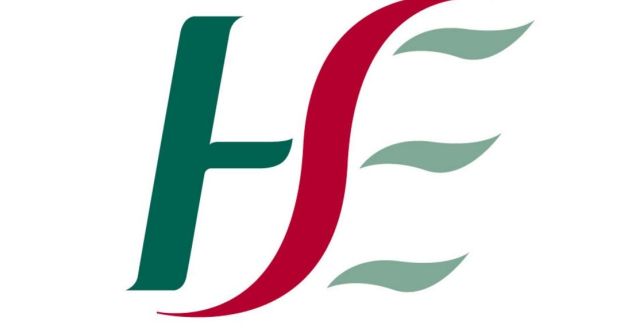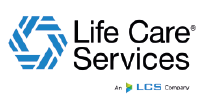How Technology Will Disrupt the Healthcare Staffing Shortage
The healthcare industry is facing an urgent crisis: a growing staffing shortage that threatens patient care and puts immense strain on healthcare professionals. With nearly 5.9 million nurses already in short supply globally—and millions more expected to retire in the coming years—healthcare facilities are struggling to keep up with demand. Burnout and exhaustion are driving many workers to leave the field, further exacerbating the issue. However, technology is poised to be a game-changer in addressing this crisis. From mobile staffing apps to advanced scheduling software, innovative digital solutions are transforming how healthcare facilities manage their workforce. In this article, we explore how technology is disrupting traditional staffing models and offering a path toward a more sustainable and efficient healthcare system.
The Growing Healthcare Staffing Shortage Crisis

The healthcare industry is facing a critical challenge: a staffing shortage in healthcare that continues to worsen. Globally, there is a shortage of 5.9 million nurses, with an additional 4 million expected to retire within the next decade. This widespread shortage is creating serious healthcare staffing issues, putting patient care at risk and placing immense pressure on healthcare facilities, particularly post-acute care settings. One of the most alarming findings is the increasing rate of nurse burnout, which has been compounded by the ongoing healthcare staffing shortages.
In the U.S., the growing elderly population further intensifies the healthcare staffing shortage. As more people enter the 65+ age bracket, the demand for healthcare services will surge, stretching an already fragile system. Healthcare facilities are grappling with inadequate staff to meet the needs of patients, leading to increased stress on current healthcare professionals and compromised quality of care. Burnout is prevalent, with 28% of healthcare workers leaving their jobs due to exhaustion, despite their passion for the work.
Addressing this staffing shortage in healthcare requires solving key issues such as burnout, stress, and the lack of work-life balance. Technology is emerging as a key tool in tackling these healthcare staffing issues, with innovative solutions like mobile apps and scheduling technology offering hope for improved retention, reduced turnover, and greater efficiency in the workforce.
Can Technology Solve the Healthcare Staffing Shortage?

Mobile technology has the potential to significantly disrupt traditional healthcare staffing methods. Similar to how ride-hailing apps like Uber and Lyft revolutionized the taxi industry, mobile healthcare staffing apps are transforming how shifts are filled and managed. These apps optimize scheduling processes, making it easier for healthcare workers to find and accept shifts.
The use of push notifications and text messages in staffing apps is particularly effective in engaging healthcare professionals. By analyzing user preferences, mobile technology can tailor notifications to fit individual needs, notifying healthcare workers when shifts that match their availability become open. This encourages regular engagement and can even make picking up extra shifts more convenient.
These apps allow healthcare workers to stay connected and informed, which can play a crucial role in reducing turnover and mitigating the healthcare staffing shortage. By making shift opportunities more accessible, mobile staffing apps help to retain workers and improve their work experience, directly addressing the core issues that contribute to staff shortages in healthcare. Allowing healthcare staff to choose their availability, customizing their hours can lead to higher job satisfaction, which in turn, decreases turnover.
Smart Scheduling Technology for a More Flexible Workforce

Technology is positioned as a key solution to healthcare staffing shortages by creating efficiencies and improving workforce management. Scheduling technology is another powerful tool to address the healthcare staffing shortage. Traditionally, healthcare staff—both clinical and non-clinical—have little control over their schedules. They are often required to work mandated hours, nights, and weekends, and may be asked to work extra shifts due to staffing shortages or call-offs from colleagues. This lack of flexibility is a major contributor to burnout and low job satisfaction, exacerbating healthcare staffing issues.
Utilizing technology will help to alleviate staffing shortages. Leveraging CliniShift our data-driven scheduling software, can forecast demand and optimize staff distribution. This can reduce the pressure on current staff, increase efficiency, and allow healthcare systems to respond to workforce gaps.
By integrating smart scheduling systems, healthcare facilities can offer staff more control over their shifts. These systems allow workers to input their preferred schedules based on their personal and family needs. The technology then coordinates schedules with other staff members to optimize coverage. Additionally, shift management tools enable staff to switch shifts with their colleagues easily, reducing the likelihood of missed shifts and providing more flexibility in their work-life balance.
Implementing scheduling technology not only improves job satisfaction but also increases staff retention and reduces the number of last-minute call-offs. Managers benefit as well, as the technology simplifies the task of ensuring adequate staffing levels. By promoting a more flexible and supportive work environment, healthcare facilities can mitigate the impact of the staffing shortage in healthcare.
The Future of Healthcare Staffing
Addressing the healthcare staffing shortage will require comprehensive solutions, including better pay and improved work experiences for healthcare professionals. However, technology can play a crucial role in alleviating some of the most pressing healthcare staffing issues by improving scheduling practices, reducing burnout, and keeping workers engaged.
As technology continues to evolve, its role in mitigating the healthcare staffing shortage will likely expand, offering more innovative ways to address the challenges healthcare facilities face. While the road ahead requires continued effort, the integration of technology can help reduce turnover, improve staff retention, and ensure a more sustainable workforce for the future.







